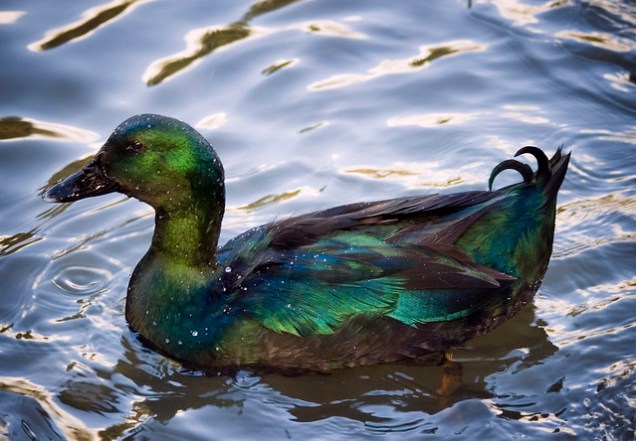The Indian black narrowmouth frog (Melanobatrachus indicus) is a vulnerable species endemic to wet evergreen forests in southern India.
Not much is known about them outside of academia and/or research circles (and I’m currently too sick to start combing through more in-depth sources). They seem to be quite small, though. And how cute are those tiny blue polka dots! And its face, too! At least this individual looks so smart it could easily be the model for a dungeon boss for a computer game.
Image by Davidvraju via Wikimedia Commons (CC BY-SA 4.0)
Visual Inspiration pulls the unusual from our world to inspire design, story-telling, and worldbuilding. If stuff like this already exists, what else could we imagine?















